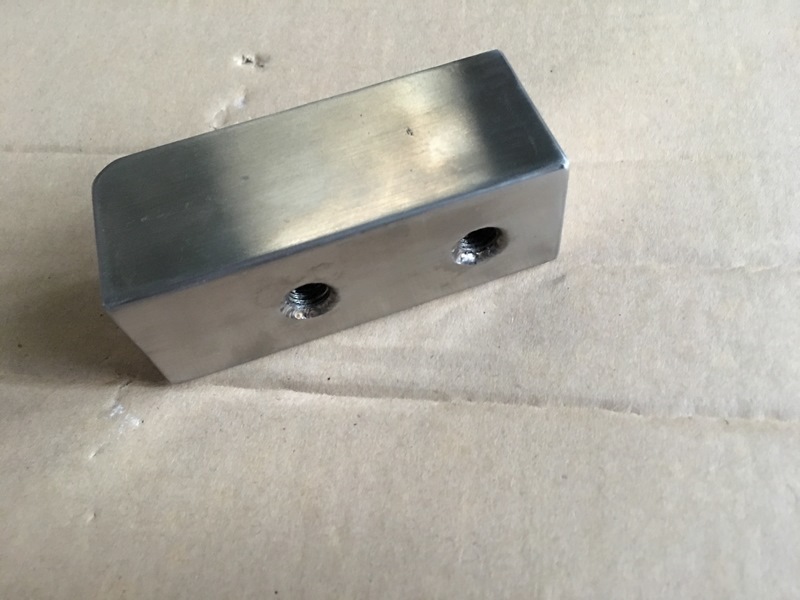We provide customers with high-quality equipment and OEM / ODM
Maximizing Efficiency: The Role of Rare Earth Magnetic Plates in Chute Systems
In the field of electrical engineering and magnetic materials, rare earth magnetic plates are becoming increasingly essential, particularly in applications related to chutes. These plates, made from high-performance rare earth materials like neodymium or samarium, possess exceptional magnetic properties, enabling them to perform optimally in various industrial settings. One of the primary advanta

One of the primary advantages of using rare earth magnetic plates in chutes is their superior magnetic strength. This allows them to effectively capture and separate ferrous contaminants from bulk materials as they move through the chute system. By ensuring that the materials being processed are free from unwanted metallic particles, companies can maintain product quality and reduce equipment wear and tear. This not only prolongs the life of the machinery but also minimizes the risk of unexpected downtime, leading to improved operational efficiency.
In addition to efficiency, safety is a critical factor in industrial operations. Rare earth magnetic plates can significantly enhance workplace safety by preventing ferrous contaminants from entering sensitive processes or reaching end products. For instance, in food processing or pharmaceuticals, the presence of metal debris can lead to contamination, which poses serious health risks. By installing these magnetic plates in chutes, companies can implement effective quality control measures, ensuring compliance with safety standards and regulations.
When considering the implementation of rare earth magnetic plates in chute systems, it's important to evaluate several factors. The design and layout of the chute, the type of materials being processed, and the specific application requirements all play a crucial role in determining the effectiveness of the magnetic plates. Proper placement within the chute is key; they should be positioned where the material flow is most concentrated to maximize their magnetic field's effectiveness.
Moreover, maintenance is another aspect that shouldn't be overlooked. While rare earth magnetic plates are generally low-maintenance, regular cleaning and inspection are necessary to ensure optimal performance. Dust and debris can accumulate on the surface, potentially reducing their magnetic efficacy over time. Establishing a routine maintenance schedule will help in sustaining their performance and extending their lifespan.
In conclusion, integrating rare earth magnetic plates into chute systems can lead to significant improvements in material handling processes. By enhancing product quality, increasing operational efficiency, and promoting safety, these magnetic solutions serve as a valuable asset in various industrial applications. For companies looking to optimize their operations, considering the addition of rare earth magnetic plates is a step towards innovation and excellence in material management.
Contact Us
E-mail:
Fsylcd@fsylcd.com
WhatsApp:
601112483448
Address:
No. 11, Shanqian Road, Dafengtian, Wuzhuang, Luocun, Shishan Town, Nanhai District, Foshan City, Guangdong Province


